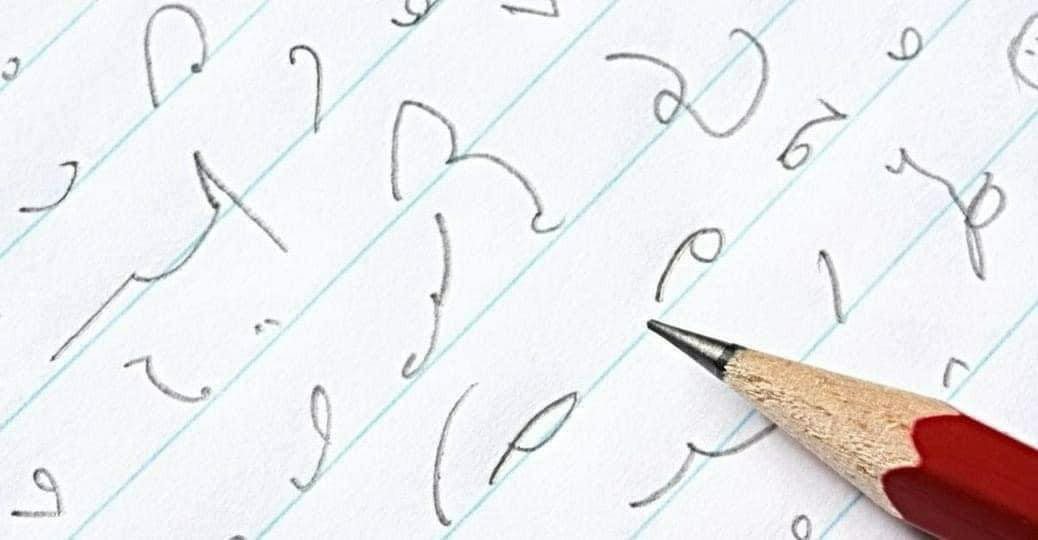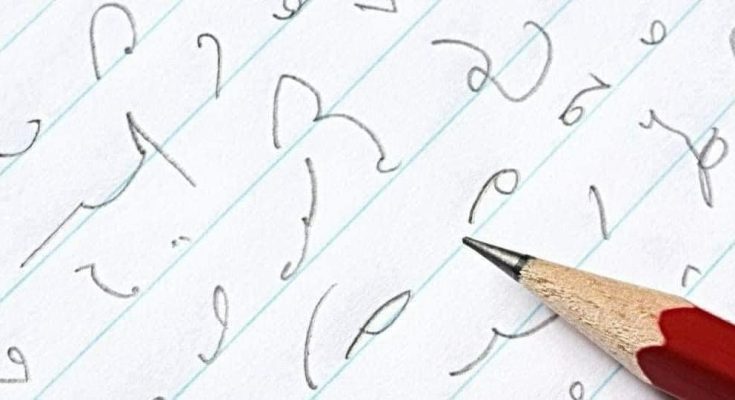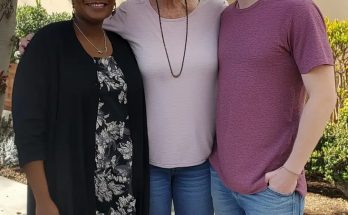In today’s digital era, technology makes note-taking a breeze. Whether it’s capturing meetings, conversations, or ideas, there are various apps and classic recordings that assist in documenting them. However, before these convenient inventions, note-taking in real-time was accomplished through shorthand writing.

Shorthand was first created by the Greek historian Xenophon, as stated in Encyclopaedia Britannica. It became widely used during the Roman Empire to take notes efficiently while people talked. The Latin shorthand system was in use for more than a millennium before fading away in the Middle Ages.
During the Victorian Era, shorthand became popular once again after a long break. It was also utilized during the Reformation to quickly write down Bible translations. The demand for stenographers during the Industrial Revolution led to the development of modern shorthand.
In 1837, Sir Isaac Pitman created a new form of shorthand. His brother introduced this system to America in 1852. Although the Pitman style was popular in Britain, it was eventually replaced by John Robert Gregg’s style in the United States. Initially known as Light-Line Phonography in 1888, it later became known as Gregg Shorthand.
The term long hand was used to describe the long strokes used in writing words, while shorthand was created to simplify letters to their basic forms. This made note-taking and documentation faster and easier. Since shorthand looks very different from the actual words, it can be mistaken for ancient text. Due to the dots and loops used to shorten vowels and consonants, some people may think it resembles Arabic rather than English.
After learning Gregg’s shorthand, individuals could write down 280 words. It is still relevant in legal, medical, and secretarial professions for note-taking purposes.
What are your thoughts on shorthand? Have you ever tried it or do you know someone who has? Share your opinions and spread the word so others can discover this unique writing system!



